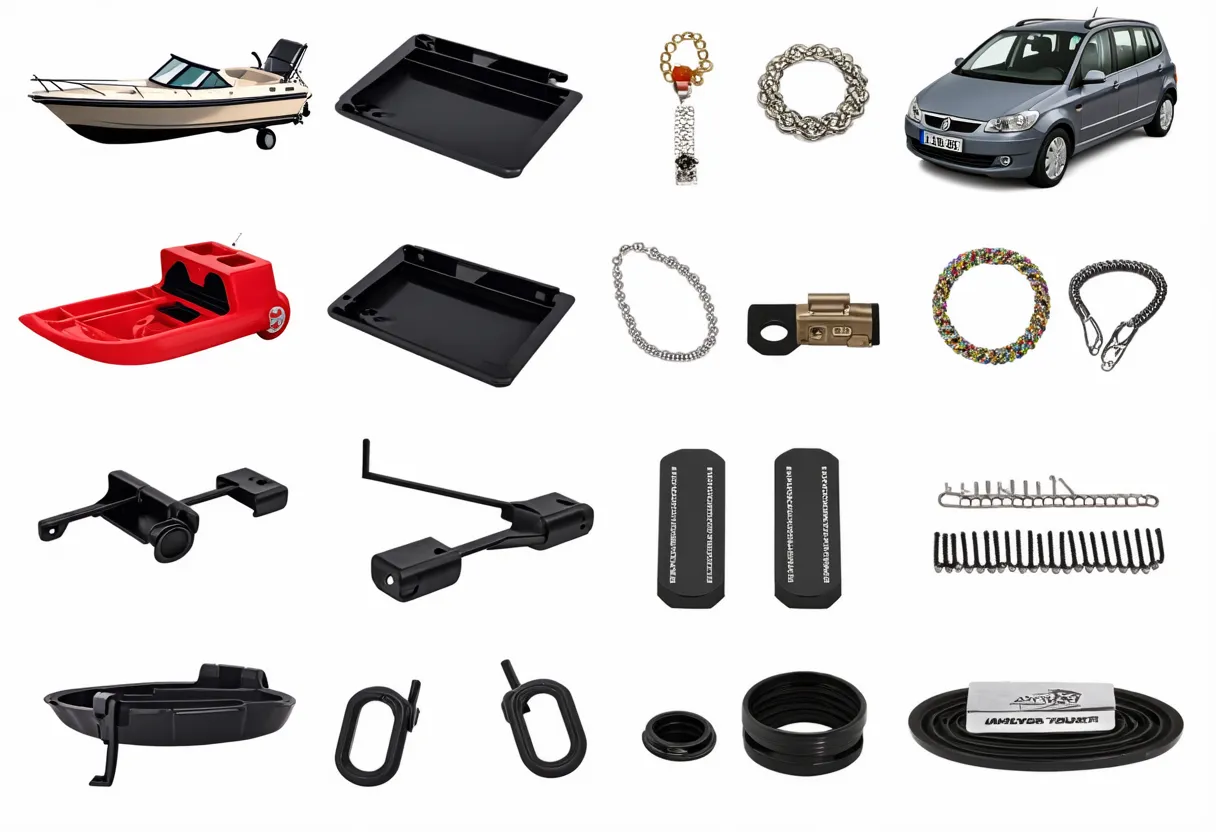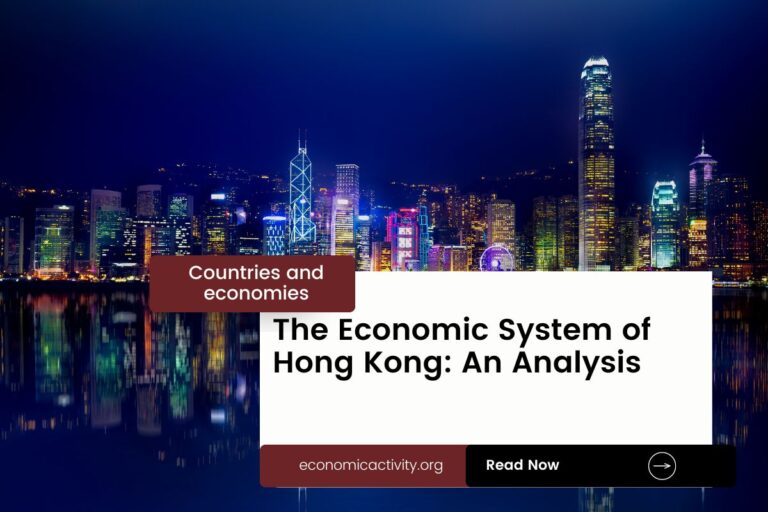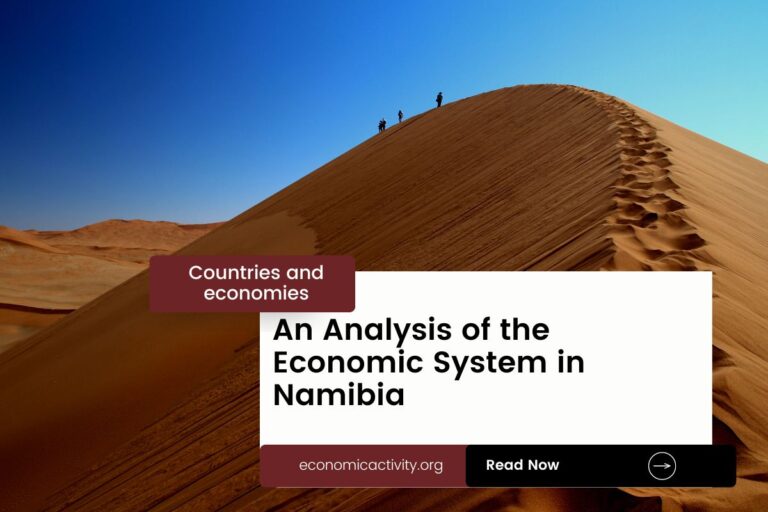Monaco, with a population of 36,469, is ranked 184th in population size, just behind Liechtenstein. Located in Western Europe, Monaco covers a total area of 90.084 square kilometers, ranking 185th in size, also just below Liechtenstein.
Monaco, a small but affluent country, boasts a robust economy with a GDP of $8,784,002,931.69 in 2022, ranking 145th globally. It follows Mauritania, with a GDP of $9,780,863,578.98. In terms of GDP per capita, Monaco leads the world with $240,862.18, holding the top spot.
It is followed by Liechtenstein, with a GDP per capita of $180,227, ranking just behind Monaco. The country’s economic stability and high GDP per capita reflect its strong financial sector and thriving tourism industry.
What are the economic activities of Monaco?
- Primary activities: 0% of GDP.
- Secondary activities: 14% of GDP.
- Tertiary activities: 86% of GDP.

Primary Sector of Monaco
Monaco’s primary sector, particularly agriculture, is limited due to its small size and urbanization. With only 10% of its land suitable for agriculture, the country focuses on niche products like flowers, vegetables, and fruits. Despite agriculture contributing 0% to the GDP, these products hold cultural and environmental significance.
Livestock farming is also practiced, producing dairy products and poultry. The sector, while small, plays a crucial role in preserving Monaco’s traditions and biodiversity.
Due to its small size and lack of geological diversity, Monaco has no significant natural resources. This scarcity has driven the country to focus on other sectors such as tourism, finance, and real estate to support its economy.
Secondary Sector of Monaco
What is the secondary sector or what are secondary activities?
The secondary sector involves industries that transform raw materials from primary activities into finished goods for consumption. In Monaco, the main industrial products include insurance services, construction materials, small-scale industrial goods, and consumer products.
In 2023, Monaco’s total exports are dominated by services, with manufactures playing a minimal role. This reflects the country’s focus on high-end services and luxury goods.
Tertiary sector of Monaco
What is the tertiary sector or what are tertiary activities?
The tertiary sector in Monaco encompasses services that enhance productivity and meet needs through knowledge and time. Key activities include restaurants, healthcare, education, banking, communication, media, and tourism. These services are crucial for Monaco’s economy and cater to both consumer and business demands.
Of particular importance, Monaco’s economy heavily relies on tourism, contributing significantly to its GDP. With 363,000 annual arrivals and a staggering tourist-to-population ratio of 9.9537, it’s evident that the principality’s allure attracts visitors globally. Notable attractions include the iconic Monte Carlo Casino and the Monaco Grand Prix circuit.
Another example of tertiary economic activity is the mobile cellular economic sector, which boasts around 39,000 subscriptions, supporting technological growth by enhancing connectivity and fostering innovation across industries.
International Trade of Monaco
Import Activities of Monaco

Monaco’s import activities are of high importance, with total imports in 2023 amounting to 631 million, constituting 7.18% of its GDP.
Monaco’s key imports in 2021 included jewelry, cars, recreational boats, plastic products, and artwork. The country’s main import partners were Italy, Switzerland, the United Kingdom, Germany, and China, indicating a diverse range of trading relationships. These imports reflect Monaco’s affluent lifestyle and strong ties to the luxury goods market.
Exports Activities of Monaco
.webp)
Monaco’s total exports in 2023 amounted to 365 million. With exports contributing 4.16% to its GDP, export activities play a relatively low but still significant role in the country’s economy.
Monaco’s export activities in 2021 primarily involve luxury goods such as jewelry, perfumes, watches, and cars. Its main export partners are Italy, Switzerland, Germany, Belgium, and Spain, facilitating a strong trade network in the European market.
Monaco economy challenges in 2024
In 2024, Monaco faces economic challenges post-COVID-19. High real estate prices hinder affordability, impacting residents and businesses. The reliance on tourism and banking poses risks, requiring diversification. Maintaining its tax haven status while addressing global tax reforms presents a delicate balance. Strengthening resilience and sustainability in the face of uncertainties remains a priority.




Leave a Reply